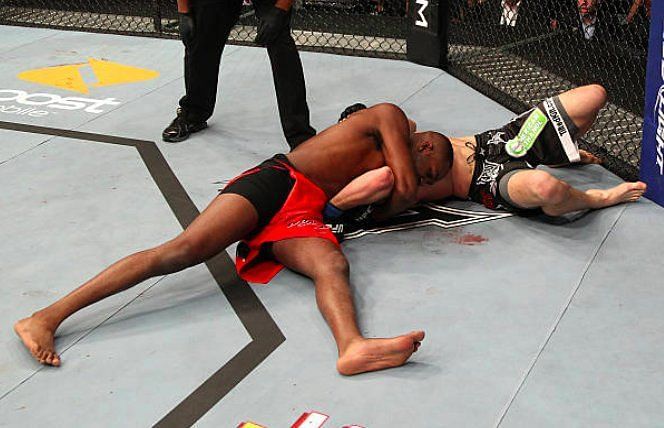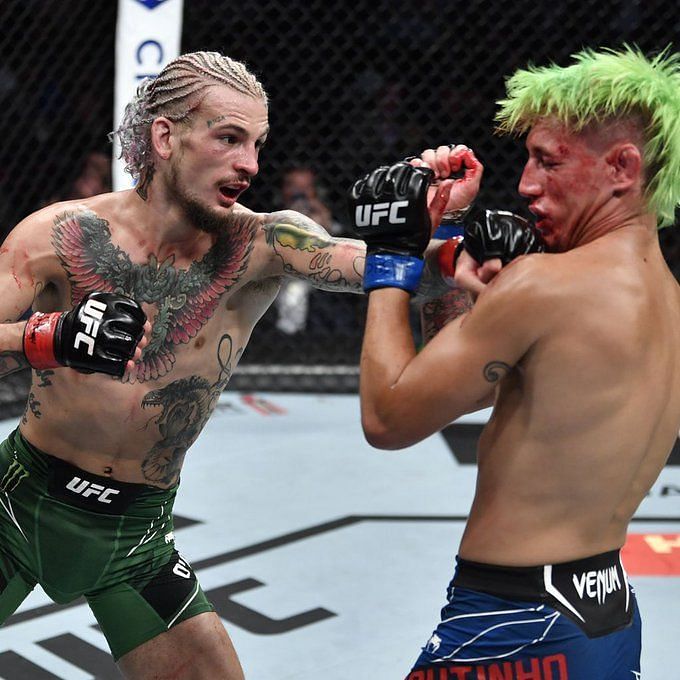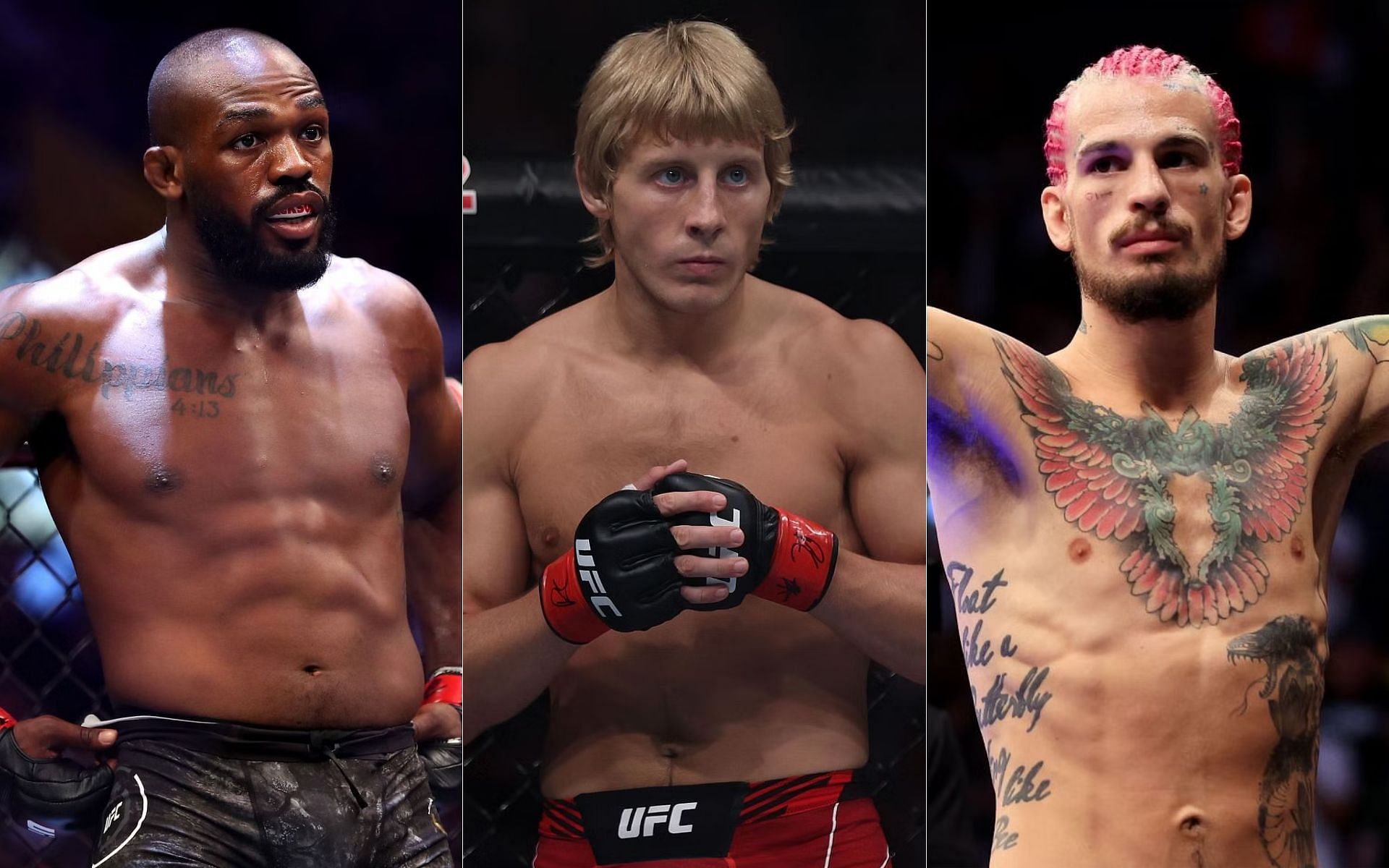
Paddy Pimblett, Sean O'Malley and more: 5 UFC stars who were allowed to climb the ranks slowly
Unlike in boxing, the UFC is not renowned for allowing prospects to build themselves up slowly against overmatched opponents. Most of the time, the minute a fighter shows a flash of greatness, they’re thrown to the wolves.
Over the years we’ve seen countless prospects thrown into the deep end by the UFC, but sometimes, certain fighters have been allowed to build more slowly.
Usually this is because the promotion sees a certain level of star quality in them, but other times, it’s been for different reasons.
Here are five UFC fighters who were allowed to climb the ranks slowly.
#5. Jon Jones – former UFC light heavyweight champion
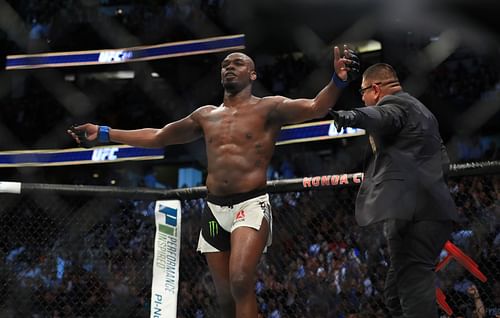
Given that Jon Jones remains the youngest fighter to ever claim a title in the UFC, it seems like a stretch to claim that he was allowed to climb the rankings slowly.
However, in reality, that’s definitely what the promotion allowed him to do. After all, ‘Bones’ was just 21 years old when he made his octagon debut in the summer of 2008. More to the point, he took the fight on two weeks’ notice and had just four months of MMA experience under his belt, even if he’d won six fights.
When Jones then shellacked the far more experienced Andre Gusmao and followed that win a few months later by dominating hardened veteran Stephan Bonnar, it was clear that he was destined for the top.
Realistically, Dana White and company could easily have shoved Jones into a fight with a ranked contender at that stage. He was already good enough, after all.
However, instead they built him relatively slowly, letting him beat the overmatched Jake O’Brien before he was bizarrely disqualified for essentially TKOing Matt Hamill.
Despite Hamill being another hardened veteran, Jones still wasn’t forced right to the top of the tree, instead beating two more seasoned opponents in Brandon Vera and Vladimir Matyushenko before submitting Ryan Bader.
His next fight was, of course, against Shogun Rua for the light heavyweight title, and the rest is history.
Realistically, though, did a fighter of Jones’ talent really need seven fights under his belt before challenging for the title? No. However, the UFC’s slow approach to building him clearly worked wonders.
#4. Paddy Pimblett – current UFC lightweight contender
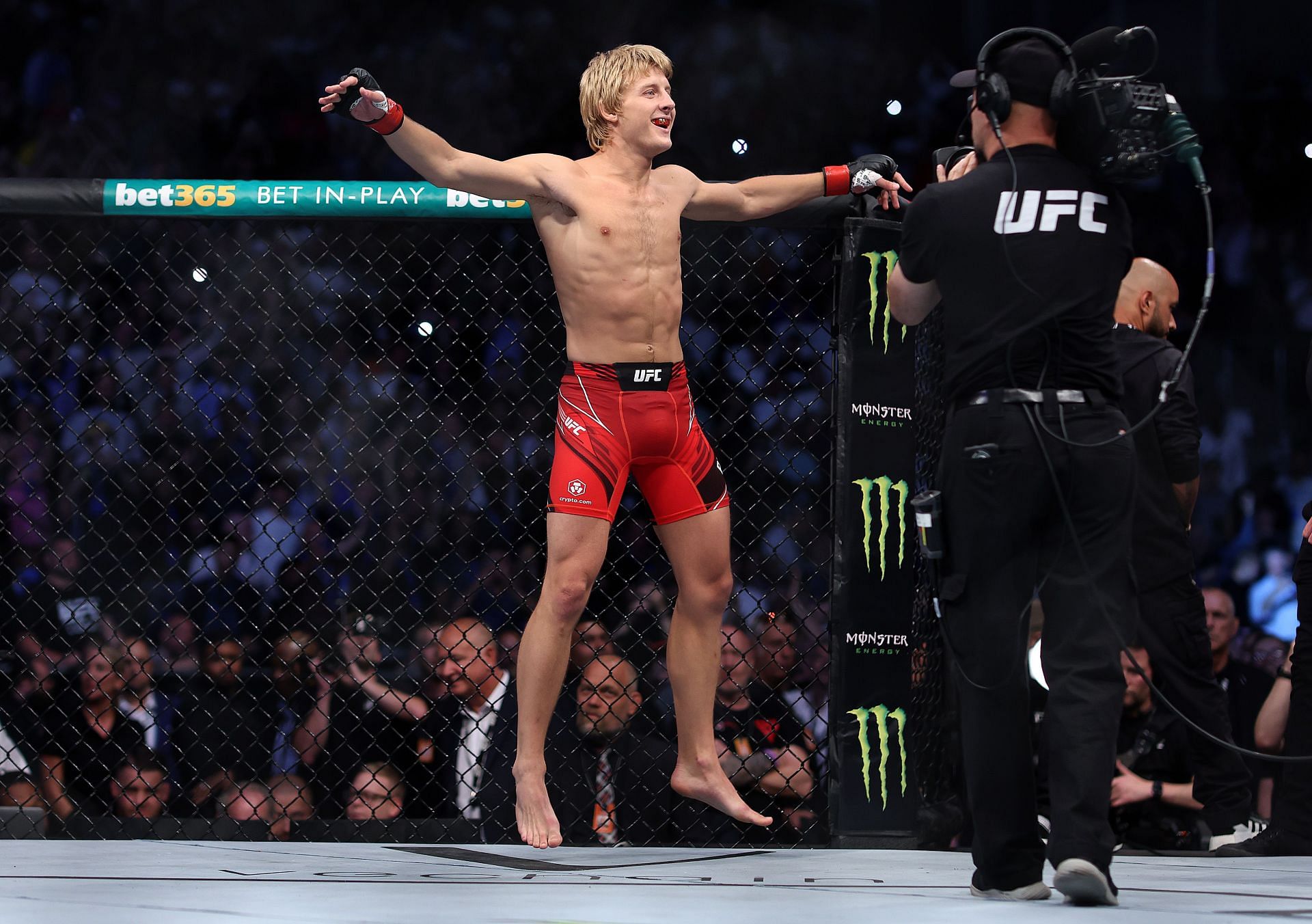
Right now, the fighter who is being allowed a nice, slow climb into the upper echelon of the UFC is lightweight prospect Paddy Pimblett. If he beats Jared Gordon this weekend, he’ll be 4-0 in the octagon and will have two co-headline bouts under his belt – all without beating a ranked foe.
So why is ‘The Baddy’ being treated this way by the promotion? After all, he doesn’t lack in experience. Prior to signing with the UFC last year, he’d put together an impressive record of 16-3 and had beaten a notable veteran in Julian Erosa.
Put simply, the reason Pimblett has been built slowly is because Dana White and company clearly recognize the potential star power that he brings to the table. There hasn’t been this much buzz around a prospect coming out of the UK scene since Conor McGregor, after all.
However, while McGregor looked like a complete fighter upon his initial debut, Pimblett clearly has holes in his game that he’ll need to close in order to make it to the top. He’s too hittable, for starters, and his wrestling has been lacking in the future.
With that considered, it’d make no sense to throw him to the wolves and risk losing his momentum before he’s fully developed. Therefore, it makes perfect sense for him to fight opponents like Gordon until he’s truly ready for a run at the top.
Will 2023 be that year? Only time will tell.
#3. Kamaru Usman – former UFC welterweight champion
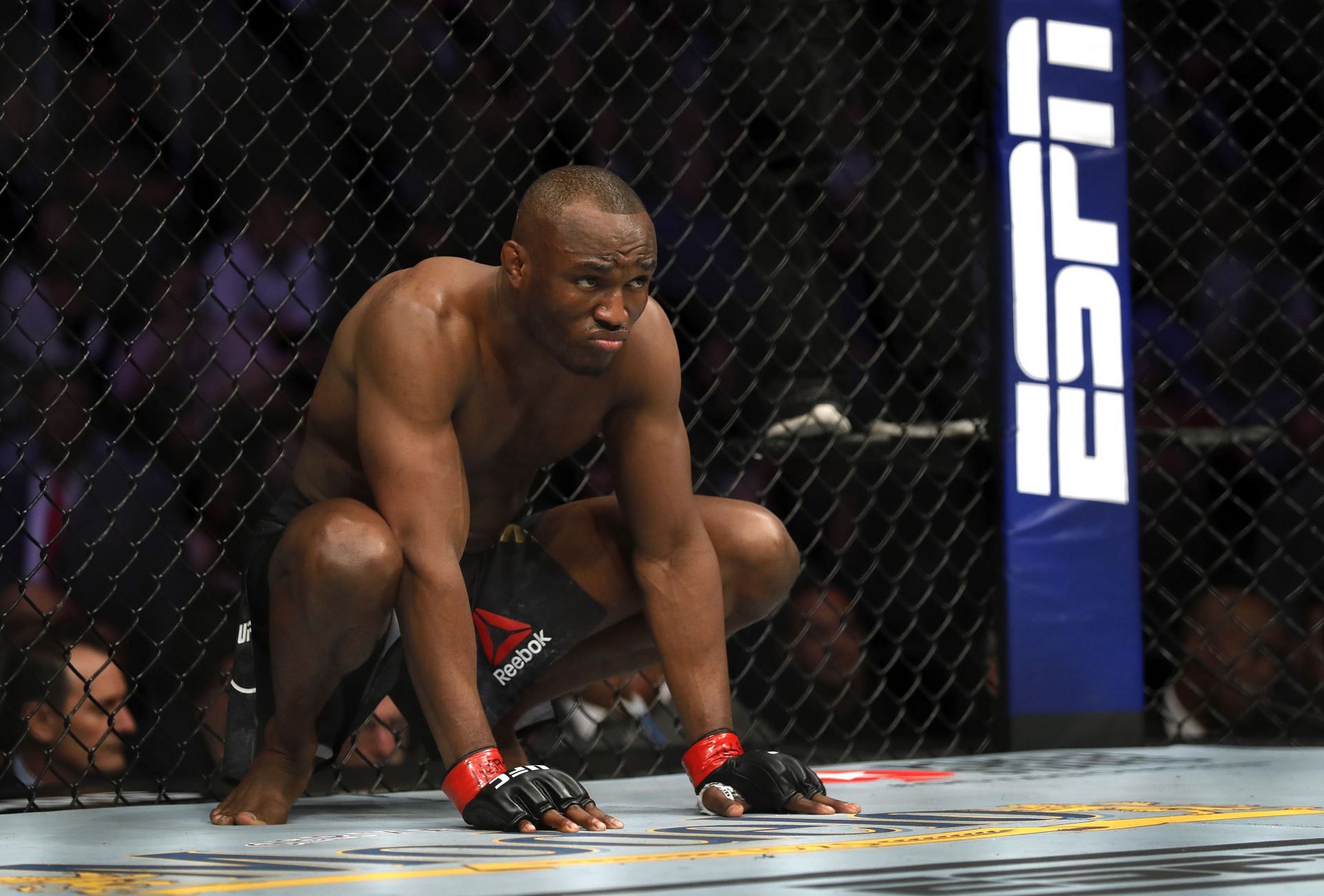
It’s definitely fair to suggest that former UFC welterweight champion Kamaru Usman had a slow climb to the top of the mountain. Remarkably, ‘The Nigerian Nightmare’ had won nine bouts in a row in the octagon before facing Tyron Woodley for the title in 2019.
Did the promotion look to protect Usman and build him slowly as they did to Jon Jones, though? Absolutely not. In this case, the reason for Usman’s slow build was the reputation he quickly built for himself as the division’s bogeyman.
Usman ran through the competition on TUF 21 to become the season’s champion, and then quickly reeled off wins over Leon Edwards, Alexander Yakovlev and Warlley Alves to take his overall octagon record to 4-0.
However, after that, it quickly became apparent that top fighters in the 170-pound division were probably avoiding him. Why was this? The most likely answer is because ‘The Nigerian Nightmare’ clearly had the ability to beat anyone in the division, but at that point, he had very little star power or name value.
Therefore, Usman was stuck fighting mid-level opponents such as Sergio Moraes and Emil Weber Meek before finally fighting two ranked foes in Demian Maia and Rafael dos Anjos in 2018.
Once he’d defeated those two, of course, it was impossible to deny him – although he may not have had his shot had Colby Covington been healthy.
Overall, Usman stands as a good example of a fighter who had a slow build to the top through no machinations of the UFC itself.
#2. Khabib Nurmagomedov – former UFC lightweight champion
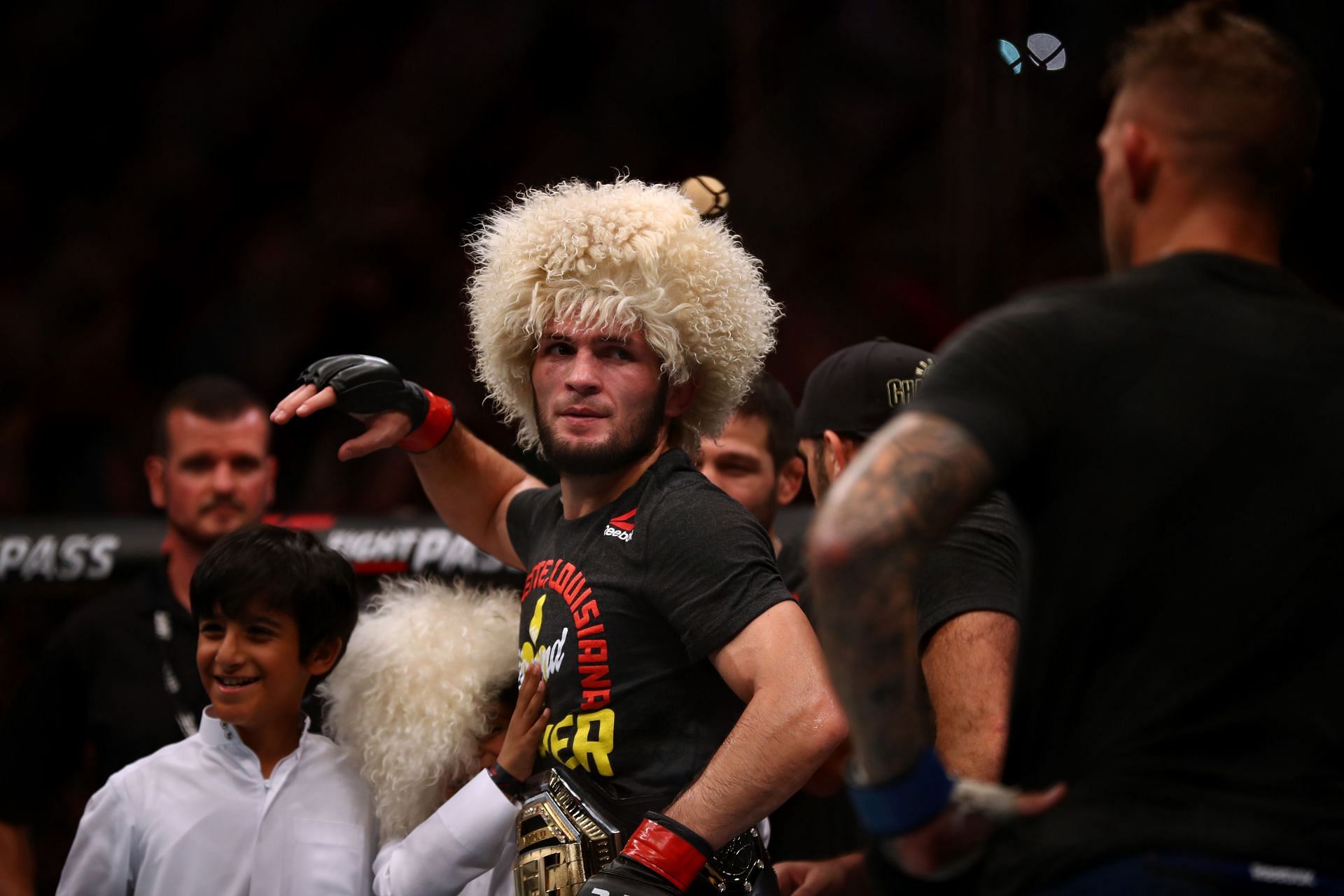
The only UFC champion to retire with a completely unbeaten record intact, it’s safe to say that Khabib Nurmagomedov should be considered an all-time great.
However, despite the fact that ‘The Eagle’ already had a gaudy 16-0 record when he made his octagon debut in 2012, it still took him over six years to claim the lightweight title, during which he fought 10 times.
Interestingly, Khabib’s slow build was very different to any other fighter on this list. The UFC certainly weren’t about to attempt to protect him – he hardly exuded star quality in his early years after all. Nor did it feel like any big names were really ducking him.
Instead, injuries and inactivity hampered the Dagestani’s climb up the ladder, meaning that every time he took a big step forward, he seemed to follow it with a stretch on the shelf, meaning his momentum was often stalled.
Khabib could well have claimed a title shot, or at least moved into title contention, after he beat Rafael dos Anjos in 2014. Before he could take on Donald Cerrone, though, he suffered a knee injury that landed him on the shelf for two years.
The same story repeated itself in 2017. At that point, nobody could deny he was a top-level lightweight, but going into that year, he still only had a couple of real top-level wins. He also missed a potential title shot due to a weight-cutting error.
By the time he finally claimed the vacant lightweight crown by beating Al Iaquinta, he was essentially the same fighter he’d always been. He hadn’t improved his game per say, meaning he probably could’ve won the title at any point before that, had he been given the chance.
In that sense, then, the only thing that held him back was his self-inflicted slow climb to the top.
#1. Sean O’Malley – current UFC bantamweight contender
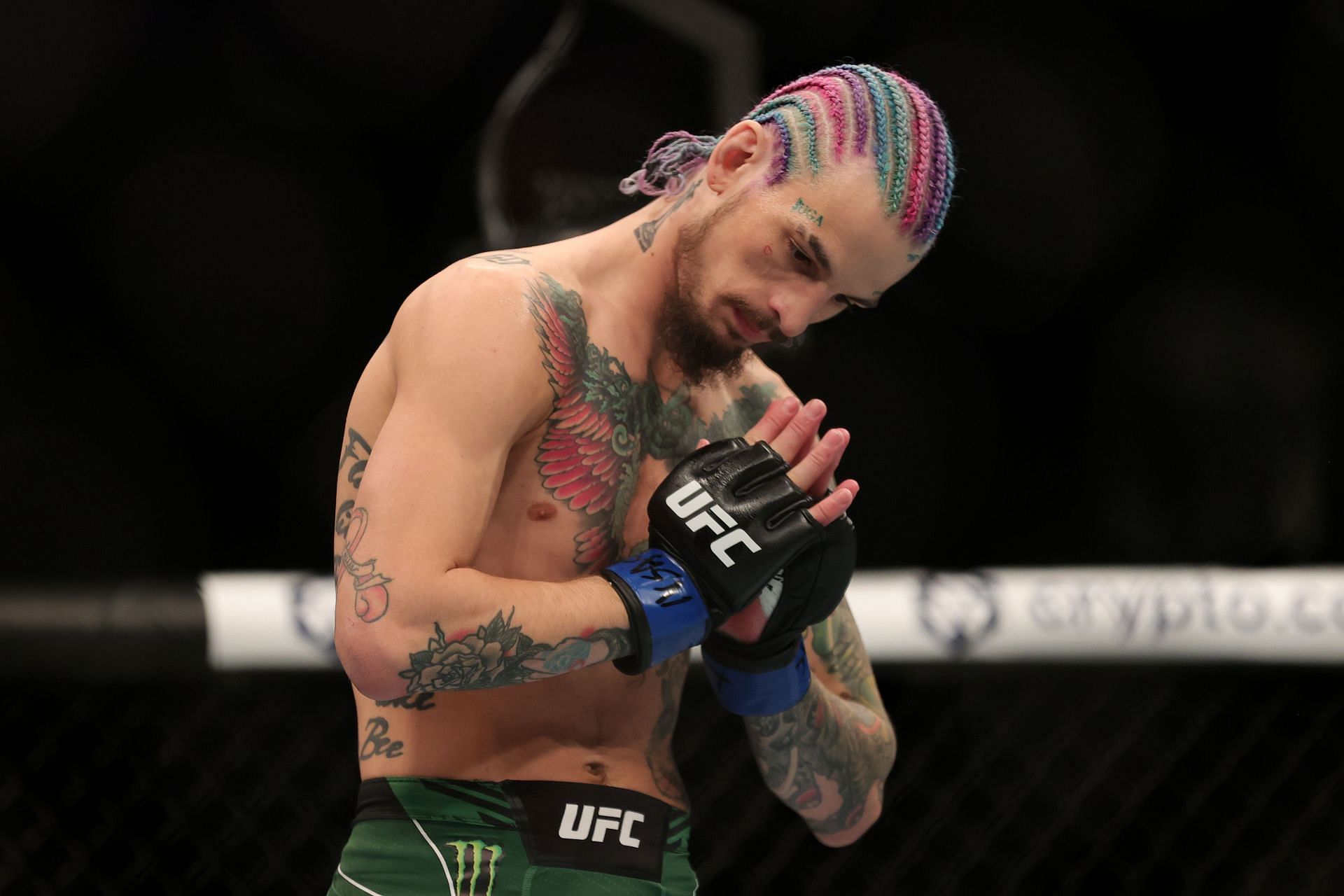
Perhaps the best example of a fighter given a slow build to the top by the UFC is current bantamweight contender Sean O’Malley.
The promotion has actually come under fire on numerous occasions for their treatment of ‘Sugar’. However, based on his recent win over Petr Yan, it’s hard to argue that they didn’t do the right thing.
O’Malley debuted in the octagon back in late 2017 and had already garnered some hype thanks to his knockout performance on Dana White’s Contender Series. After beating his first two opponents, though, he ended up being suspended for a positive drug test.
When he returned, he did take a step up in competition somewhat. But when he beat seasoned veterans Jose Quinonez and Eddie Wineland in violent fashion, the clamor for him to face a ranked opponent immediately began.
That didn’t happen right away, though. After an upset loss to Marlon Vera – arguably caused in part by a foot injury – ‘Sugar’ slowed down drastically.
His next three fights came against clearly overmatched opponents, leading to a couple of accusations from fans. Firstly, the UFC was supposedly protecting him due to his charisma and star quality, and secondly, O’Malley was avoiding tough opponents until he was on a better-paid contract.
Whether either of those theories were true is hard to say. However, what is true is that things have changed for ‘Sugar’ in 2022.
July saw him take on his first properly ranked opponent in Pedro Munhoz, although the fight ended in an unfortunate No Contest. October, meanwhile, saw him face his toughest test yet against former bantamweight champ Petr Yan.
While O’Malley’s split decision win in that bout was questionable, he definitely proved that he now belongs at the very top level. That suggests, then, that the slow build he was given to the top was definitely worthwhile. It’s something that the UFC should definitely consider the next time they have a prospect with potential star power.
